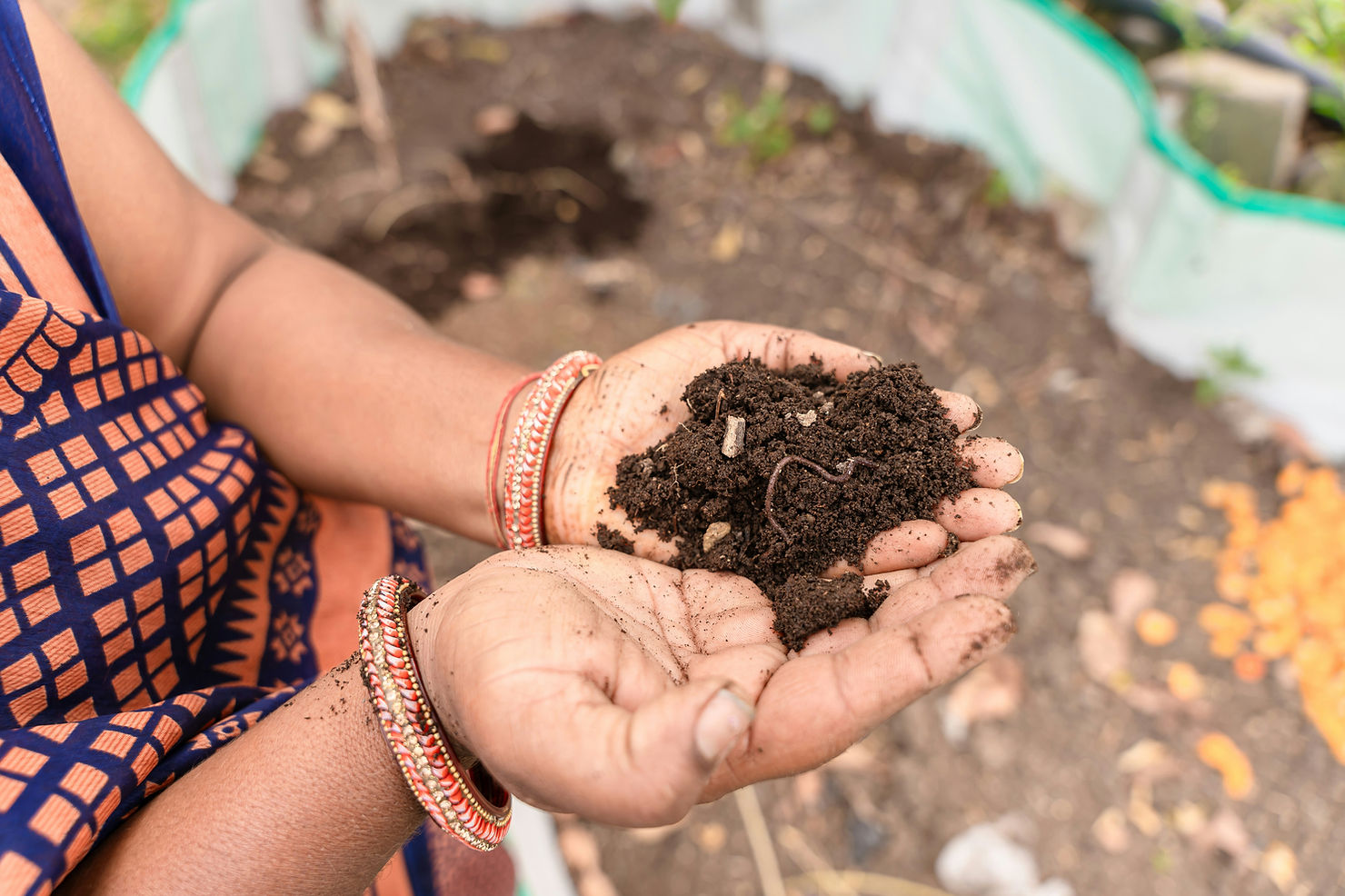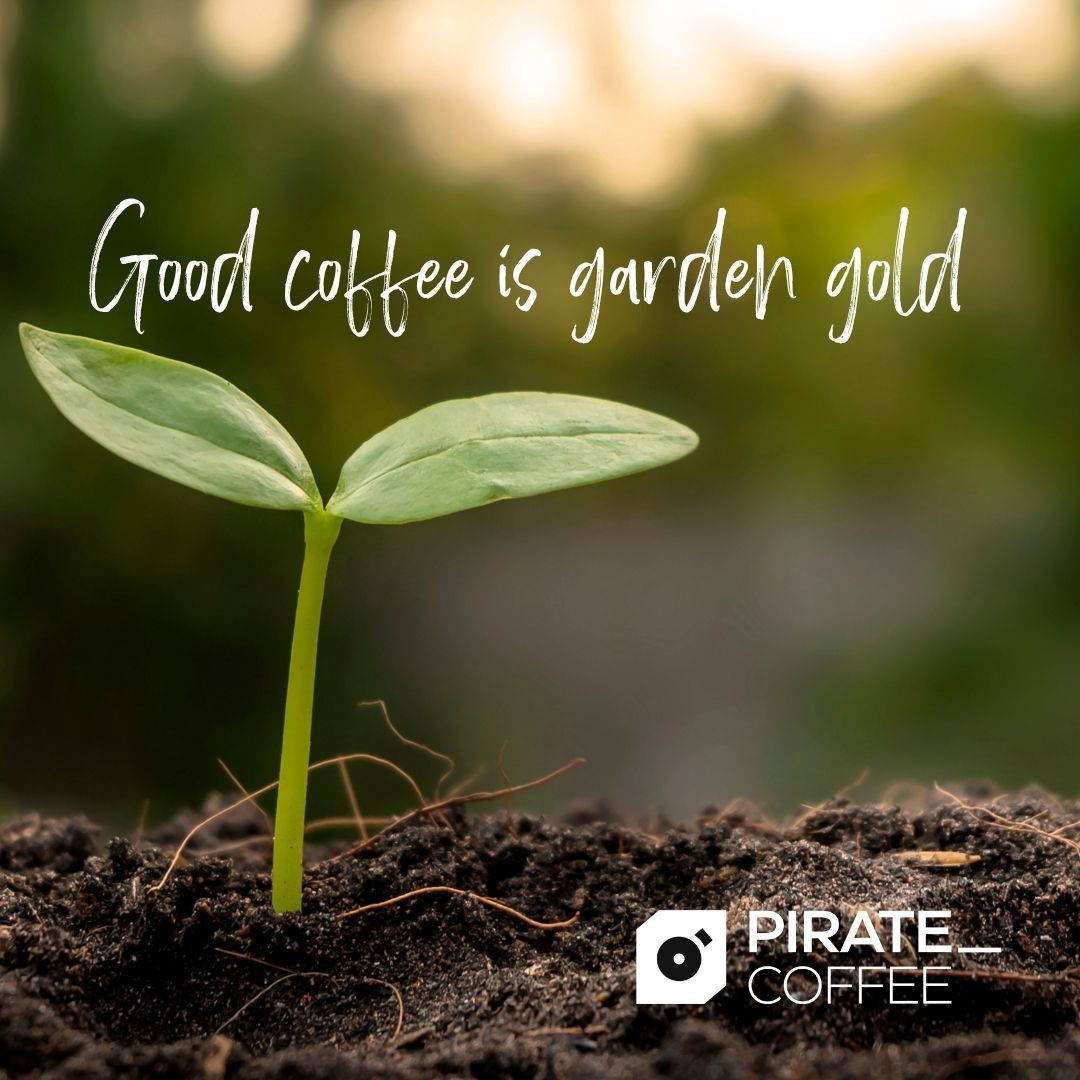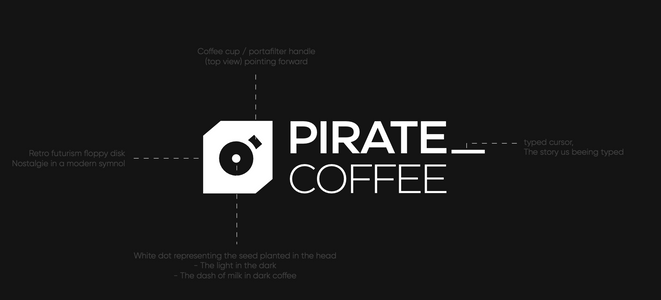So, you’ve just finished your brew and you’re staring down the leftover puck. Now what?
This is the first in our new series of fun, useful ways we keep the good going here at Pirate.
Because great coffee shouldn’t stop at the cup—it can do good long after the last sip.
In this post, we’re talking gardens. Your used coffee pucks (aka spent grounds) have hidden superpowers when it comes to your backyard ecosystem.
Don’t toss them—compost them. Used right, your coffee leftovers can give your soil a boost and help your plants thrive.
Here’s how we use our Pirate Coffee grounds in the garden!

P.S. Before you go chucking them all into the garden, let’s talk soil science: fresh coffee grounds are acidic and dense, which can mess with your soil’s pH and water flow if overused.
That said, here are a few safe, cheeky ways to use them:

Compost them first
Coffee grounds are rich in nitrogen—a key ingredient in healthy compost. Mix them in with your usual food scraps and carbon-rich materials like dry leaves or cardboard. Balance is important. Too many coffee grounds can make your compost soggy or acidic, so keep it mixed.

Feed acid-loving plants
Blueberries, azaleas, camellias, rhododendrons, and hydrangeas all love a bit of acidity in the soil. Coffee grounds can help maintain that sweet spot. Just sprinkle lightly around the base of your plants.
Use as a pest repellent
Slugs, snails, and ants aren’t fans of the smell or texture of coffee. Sprinkle used grounds around vulnerable plants to form a natural barrier (but don’t overdo it—it can clump and form a crust).

Worm food
Like you, worms love coffee—but only in moderation. If you’ve got a worm farm, add grounds occasionally and make sure to mix with plenty of brown material. Too much caffeine = sad worms (and yes, we’ve learned that the hard way).
Soil texture booster
If you’ve got sandy or clay-heavy soil, mixing in coffee grounds can help improve water retention and airflow. Just remember—used grounds only, and always mix into the soil to prevent clumping.

One last tip:
Fresh coffee grounds can be a bit too acidic or harsh. Always use used, brewed coffee pucks—and never dump a whole pile in one go.
Got a garden tip or compost fail to share? Tag us—we’re always up for learning from fellow gardening nerds!
#GoodCoffeeGardenGold #CompostCrew #WinterGardening #CoffeePucks #DrinkGoodDoGood #SoilGoals #SustainableLiving #CircularEconomy #PurposefulLiving #WasteNot #FromCupToCompost #BackyardCircularity #CompostThat #GardenWithPurpose #GoodCoffee




